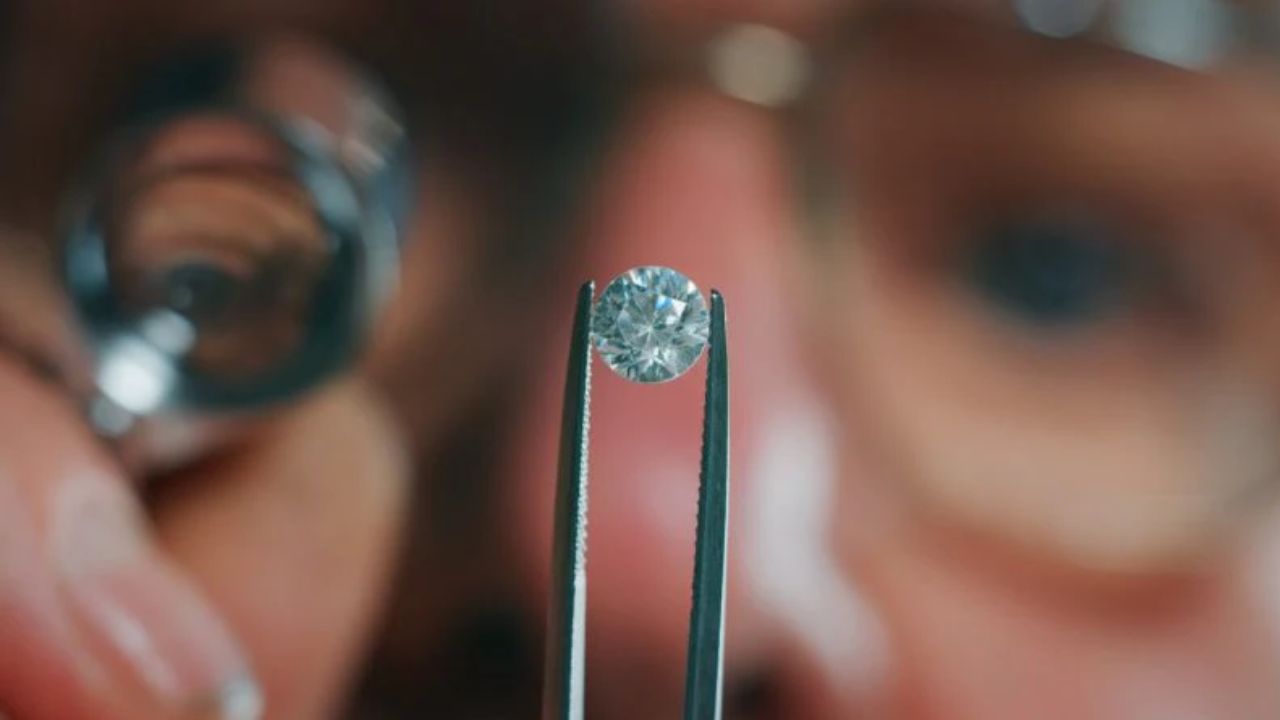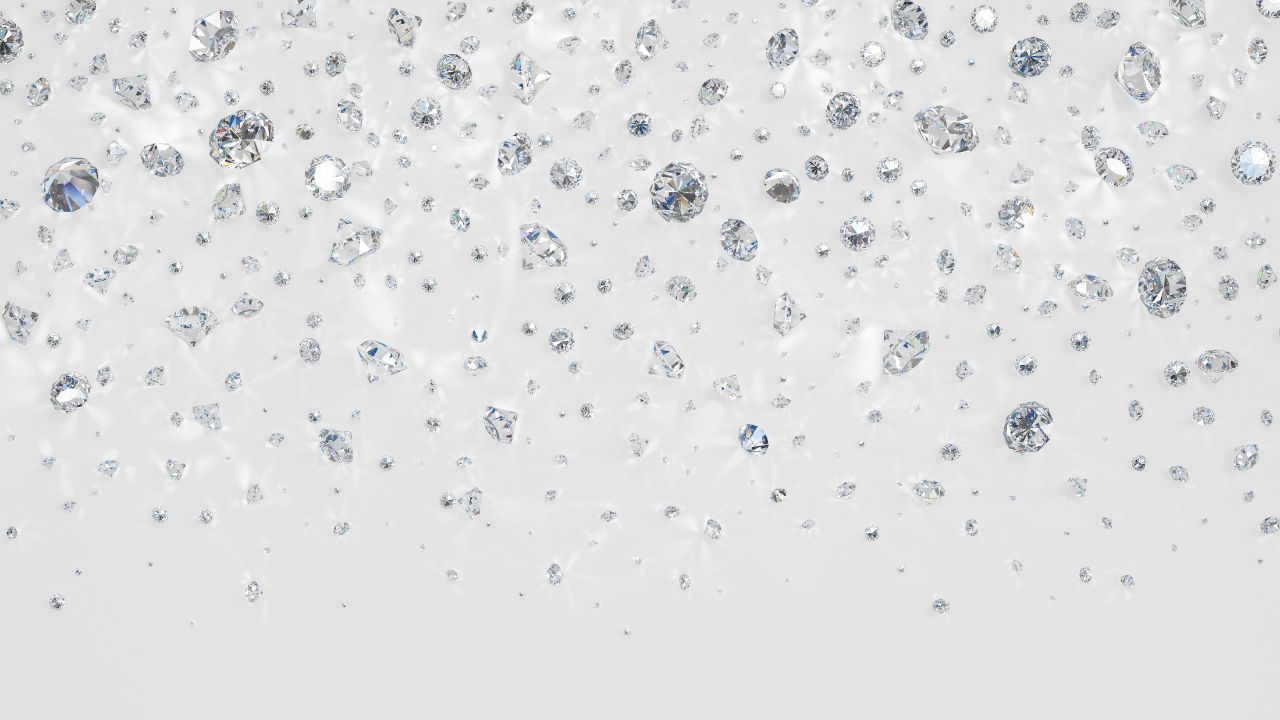What is moissanite?
If you’ve been searching for an affordable yet stunning gemstone, chances are you’ve come across moissanite. Known for its incredible brilliance, durability, and ethical sourcing, moissanite is quickly becoming a popular alternative to traditional diamonds. In this guide, we’ll explore the history, properties, and advantages of this remarkable gem—helping you decide if moissanite is right for your next jewellery purchase.
1. The Origin of Moissanite
1.1. Discovery and History
Moissanite was first discovered in 1893 by French chemist Henri Moissan in a meteorite crater—an out-of-this-world origin! Naturally occurring moissanite is extremely rare, so today’s gemstones are lab-created to ensure both quality and availability.
1.2. Lab-Created for Perfection
Because natural moissanite is scarce, scientists replicate its composition under controlled conditions. This process yields flawless gemstones that are ethically sourced and environmentally friendly—a win for both the planet and your conscience.
2. Key Properties of Moissanite
2.1. Exceptional Brilliance
Moissanite is often praised for its high refractive index, which surpasses that of diamonds. This means moissanite can exhibit more fire and sparkle under light, making it a showstopper in any setting.
- Keyword Focus: moissanite gemstone
2.2. Moissanite Hardness Scale
On the Mohs scale, moissanite ranks 9.25—just below diamonds, which sit at 10. This hardness ensures excellent durability for everyday wear, whether in rings, necklaces, or earrings.
- Keyword Focus: moissanite hardness scale
2.3. Affordability and Value
Moissanite offers luxury at a fraction of the cost of diamonds. With its lower price point, you can opt for a larger stone or more intricate jewellery designs without breaking the bank.
3. How Does Moissanite Compare to Other Gemstones?
3.1. Moissanite vs Diamond
- Brilliance: Moissanite often outshines diamonds due to its higher refractive index.
- Cost: Diamonds are significantly more expensive.
- Ethics: Lab-created moissanite eliminates concerns about conflict diamonds.
3.2. Moissanite vs Synthetic Diamond
Though lab-grown diamonds are also ethically sourced, moissanite typically offers greater fire and a lower price point, making it a compelling alternative.
- Keyword Focus: moissanite vs synthetic diamond
4. Why Choose Moissanite?
4.1. Ethical and Eco-Friendly
Because it’s lab-created, moissanite bypasses the environmental and social issues sometimes associated with diamond mining. You get a conflict-free gem with a minimal ecological footprint.
4.2. Low Maintenance, High Shine
Moissanite’s hardness and resistance to scratches make it easy to maintain. Occasional cleaning with warm water and mild soap keeps your gem sparkling for years.
4.3. Versatile and Timeless
Whether you’re shopping for an engagement ring, a pendant, or a pair of stud earrings, moissanite’s brilliance makes it suitable for any design or style.
5. How to Care for Your Moissanite Jewellery
Even though moissanite is extremely durable, proper care ensures it remains at peak sparkle:
- Regular Cleaning: Gently wash with warm soapy water and a soft brush.
- Avoid Harsh Chemicals: Remove your moissanite jewellery before using cleaning products.
- Safe Storage: Keep your pieces separate to avoid scratching other gemstones or metals.
Conclusion
Moissanite is a game-changing gemstone for those seeking beauty, affordability, and peace of mind. Its meteoric origin, lab-created perfection, and dazzling brilliance make it a stand-out choice in modern jewellery. Ready to experience moissanite for yourself? Explore our collection to find the perfect piece that fits your style and budget.




